If a restaurant’s impact is defined by its sense of time and place, then Potong, in the heart not only of Bangkok’s Chinatown but also the chef and owner’s old family home, feels like a beautifully poignant collision.
Here, the restaurant, family and building’s history adorns every wall, percolates in every fermentation jar, and ultimately graces every plate of chef Pichaya ‘Pam’ Soontornyanakij’s extraordinary tasting menu. All 20 of them.
If you can’t feel the history of the building simply by sitting a while within it, then the team at Potong won’t exactly let you forget it; dining here is an immersive experience, with all the information cards, QR code-accessible soliloquies, and sommelier speeches that takes to get the message across in the most subtle of ways.
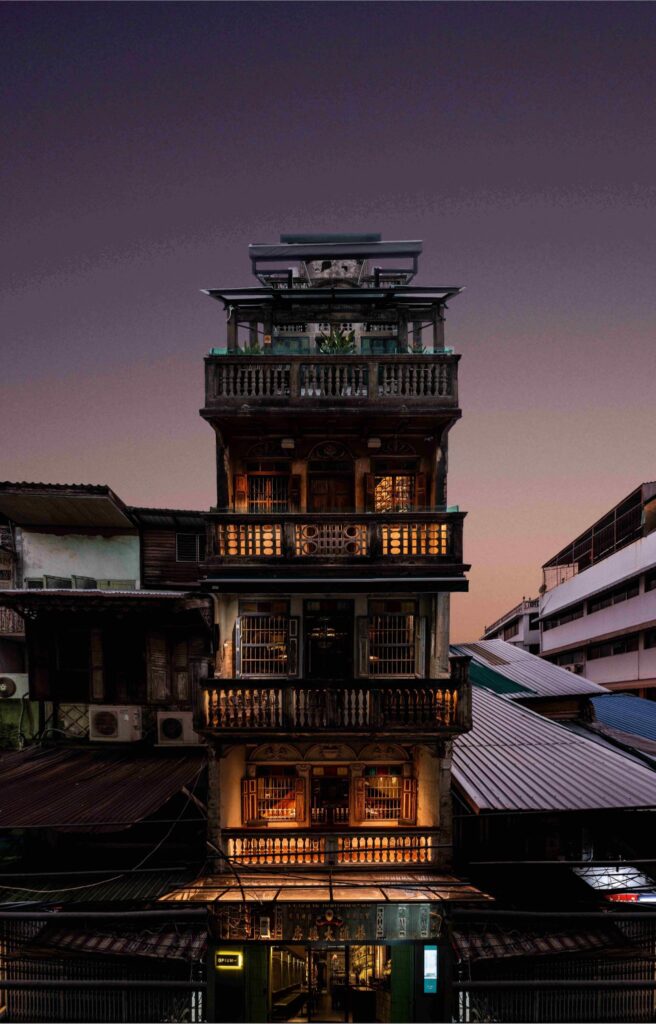
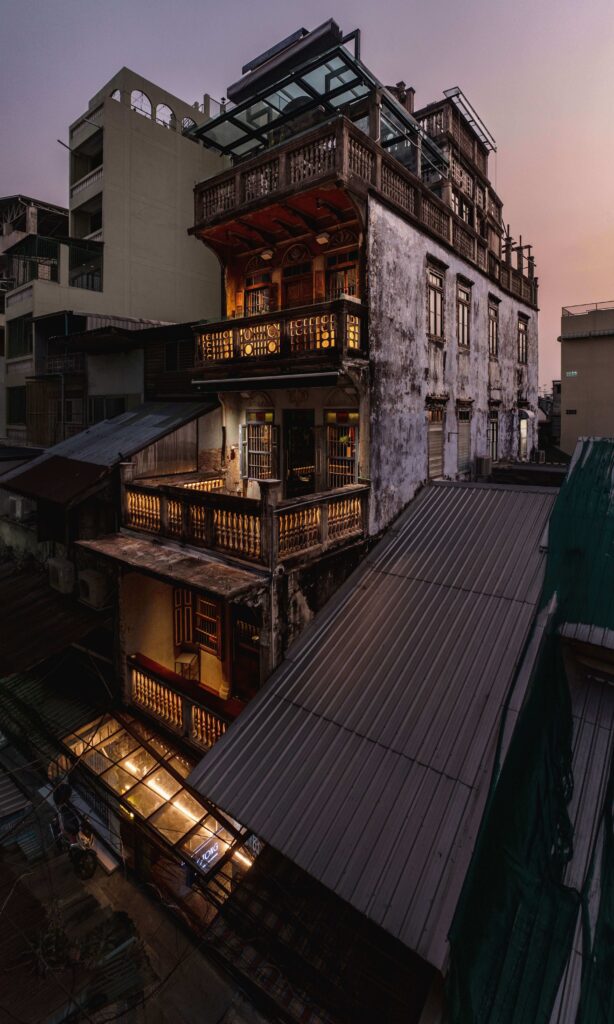
That message has been heard loud and clear by the tastemakers. Potong was recently awarded a star (with a second surely on the way), as well as charting 35th in the Asia’s 50 Best Restaurants list and named 88th in the world just last month.
Translating as ‘simple’, the vibe at Potong is anything but, with every detail meticulously constructed, all in the pursuit of the overall, enduring narrative. Indeed, all of this would feel frivolous if that narrative wasn’t built on a sense of authenticity, but at Potong, there’s some serious heritage to be found in these walls.
The 120-year-old Sino-Portuguese shophouse where the restaurant sits was, before Potong opened in late 2021, home to the family business, producing traditional Chinese herbal medicine including their flagship product ‘Potong’, which was aimed at helping menstrual cramps.
It’s hard to articulate quite how impressive the building is. The first floor, which once served as a storefront for the family’s dispensary, has been transformed into the elegant Potong Sino Bar. The upper floors feature beautifully preserved architectural elements, such as hand-painted wooden walls and an intricately designed shrine, all contributing to that enveloping dining experience that blends history with modernity, both in the room and on the plate.
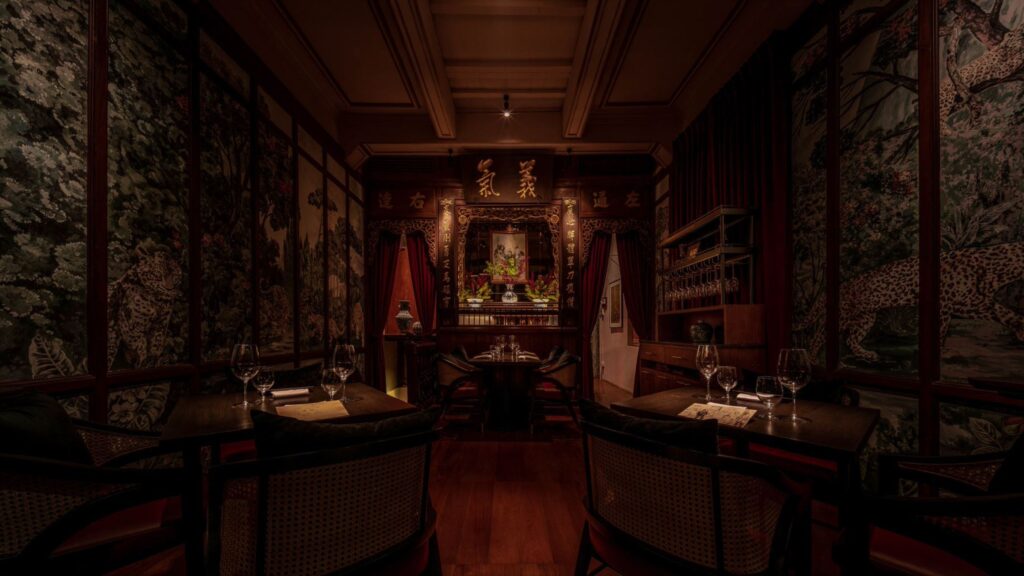
The Opium Bar, which spans the fourth and fifth floor of the building, was in days gone by an area used to smoke opium, and once contained a huge Chinese daybed placed. Today, it is a drinking den, and, like the restaurant itself, is held in high acclaim, being featured in Asia’s 50 Best Bars. In the restaurant’s own words, the bar is ”ideal for an aperitif before a meal, after-dark experiences, or late-night soirees”. Cheers to that.
Each floor of this illustrious building is accessible via a tight, gravity-defying lift that needs to be ridden to be believed, the journey through the building’s history delivering you to the top floor for the beginning of an arguably even more rousing ride; the first snack of the tasting menu.
Every exit is an entrance to new experiences, indeed.
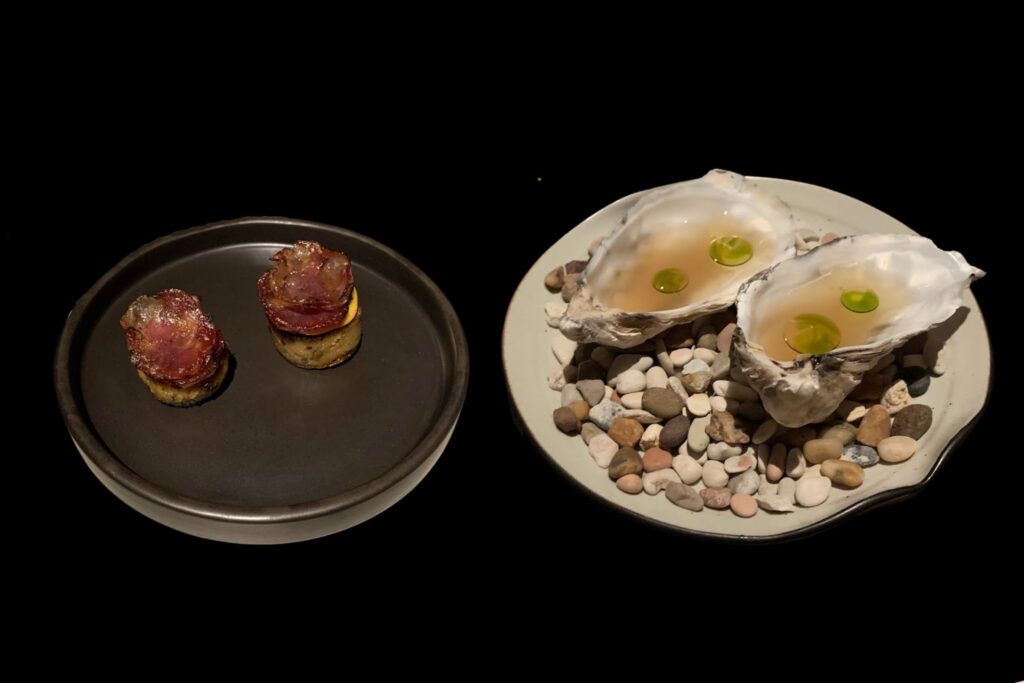
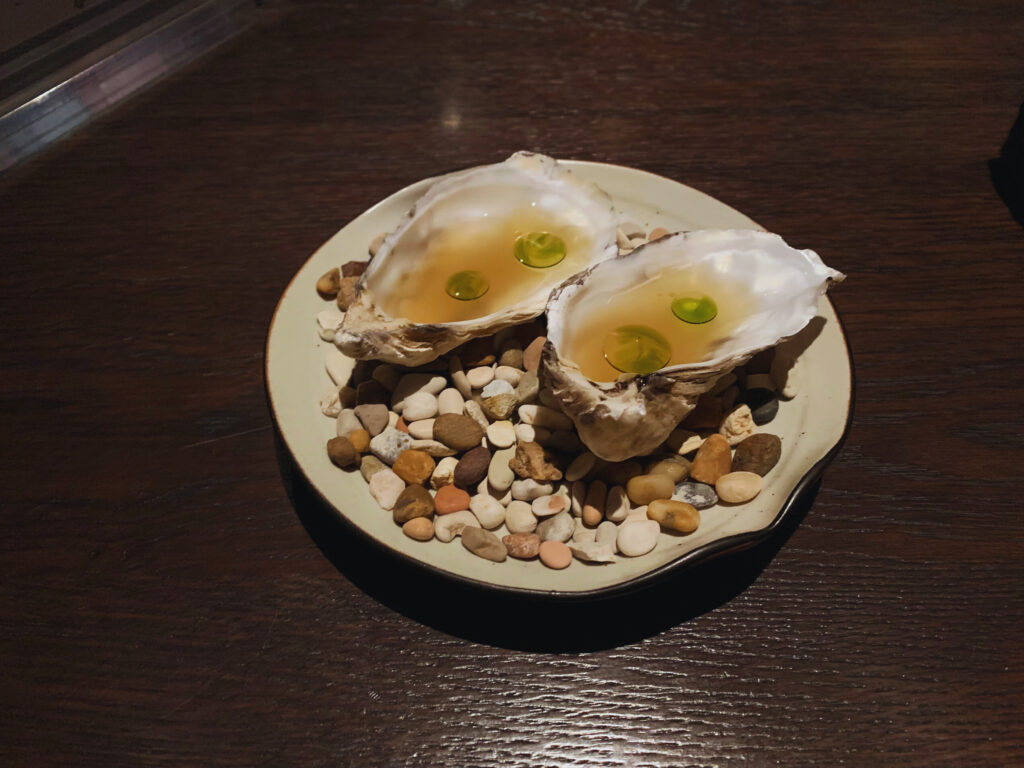
That snack comes in the form of the restaurant’s house charcuterie, a gossamer thin slice or three of cured pork that sits somewhere between chorizo and, of course, lap cheong; it’s sweet, spicy and blowtorched to order, the pork giving its fat to the airy radish cake it has made its bed on.
Next, it’s down a staircase you wouldn’t want to be too squiffy tackling (fortunately, it was just the one) and into an ornate but intimate dining room for the show proper. What follows is a menu that’s as carefully and cleanly composed as we’ve ever had the pleasure of submitting to, an intoxicating, healing procession of dishes that have echoes of the shop’s medicinal history and esteemed position close to Yarowat Road, as well as chef Pam’s Chinese-Thai heritage.
To unstitch the entire tasting menu would do a disservice to both future diners and the elements of authentic surprise that the chef weaves throughout the evening, but narrative threads of sentimentality and sustainability abound. The former – flavours of the chef’s childhood – are reinforced by a touching postcard from the chef to her grandparents; the latter most vividly told in the remarkable ‘a tree of palm’ dish. That was perhaps the highlight of the evening for us, a representation of every part of the palm tree in 5 phases, beautifully poised and, from a technical standpoint, faultless. Watch out for the finale lollipop – it’s got one hell of a kick.
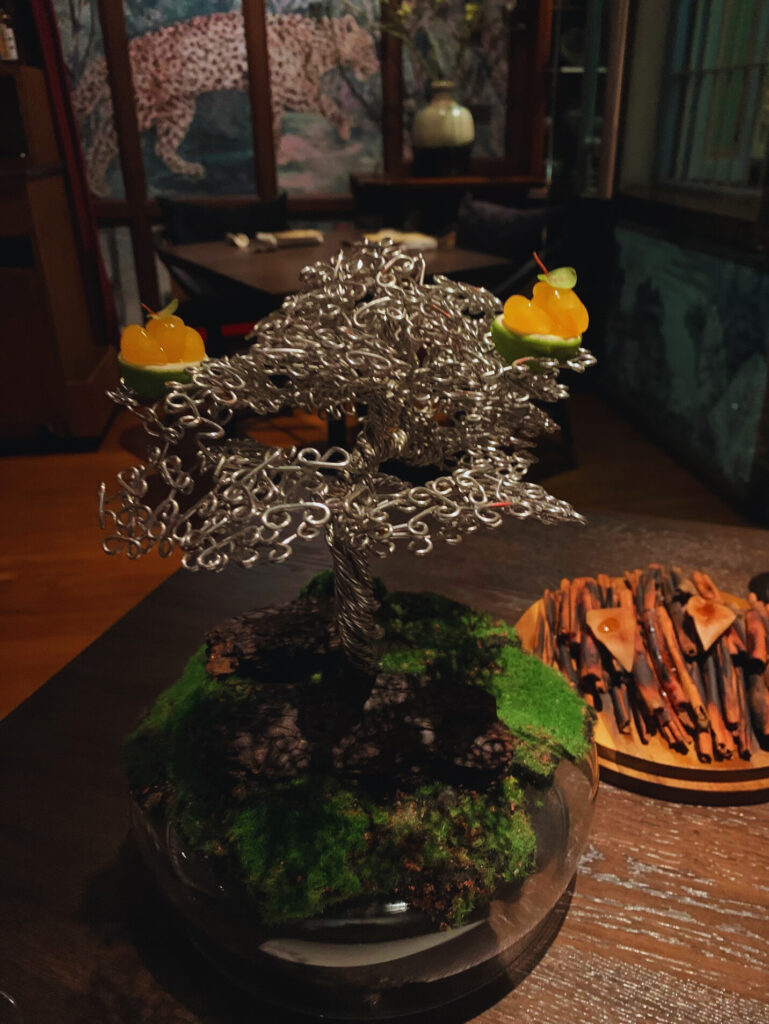
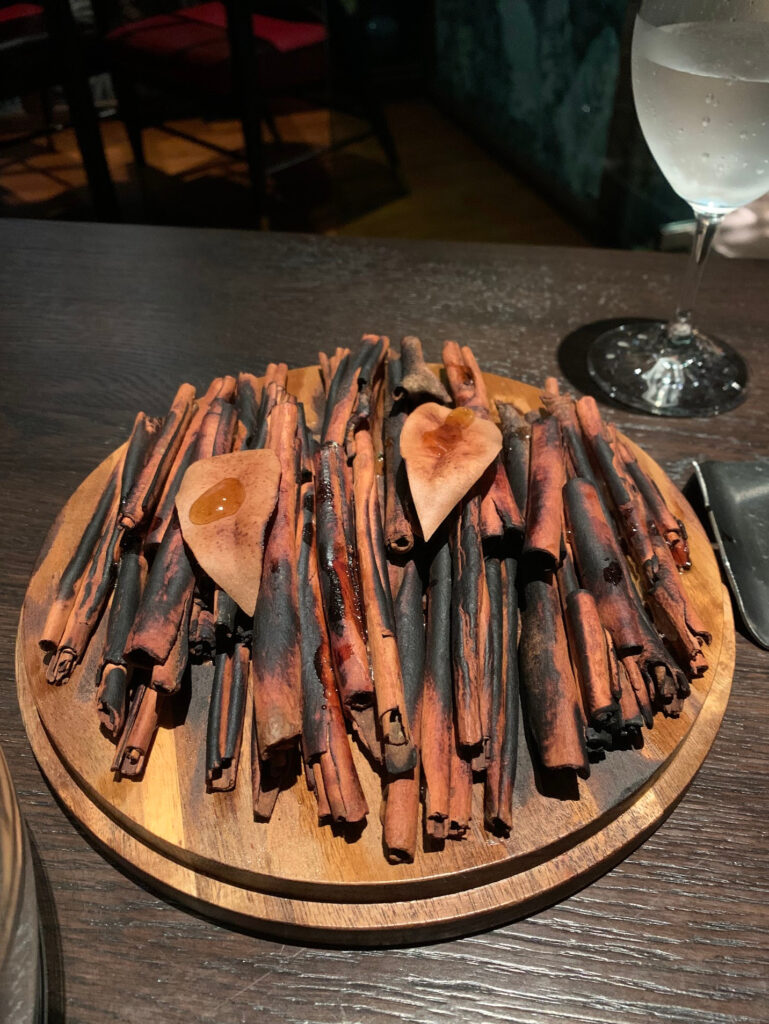
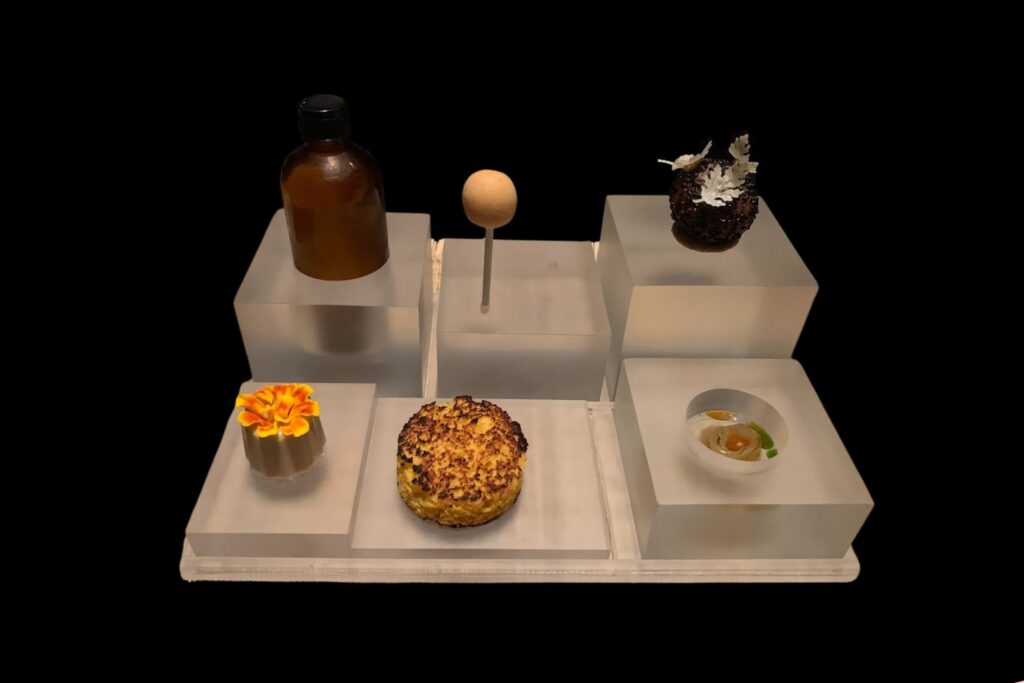
A remarkable rillette dish hammers home Potong’s sustainability chops – the skeleton of a white pomfret from a previous dish arrives hard fried until crisp, any small strings and nuggets of flesh having been stripped off and turned into a luxurious pate that’s seasoned with gapi (fermented shrimp paste). You’re encouraged to take that skeleton and dredge it through the rillette; it’s gorgeous.
Sure, there’s a sense of the cadaver being dissected here, but it’s a powerful message of using every part of the fish. That particular white pomfret didn’t die in vain; its main fillet is served rolled into a ballotine of sorts, its edges seared to a crust over charcoal, its middle a perfect mi cuit. It arrives gently placed in an indulgent coconut cream and tamarind sauce with all the sweet, sharp interplay of a Thai red curry, just minus that familiar capsaicin hit. Hey, you can’t win them all…
Indeed, the Thai flourishes are more pronounced here than perhaps expected – one of the most striking dishes of the night was a pert, shucked oyster sitting atop an even perter nahm jim seafood, here the ubiquitous Thai sauce re-imagined as a black oil slick with aniseed notes reminiscent of black garlic. It was magic.
There’s plenty of modern European technique on display too, with chef Pam’s time spent at 3 Michelin-starred Jean Georges in New York showing its hand not only in that superb rillettes, but also in a perfectly proved brioche that’s been enriched with crab head meat, a mud crab roe emulsion served on the side for spreading. And spread we did.
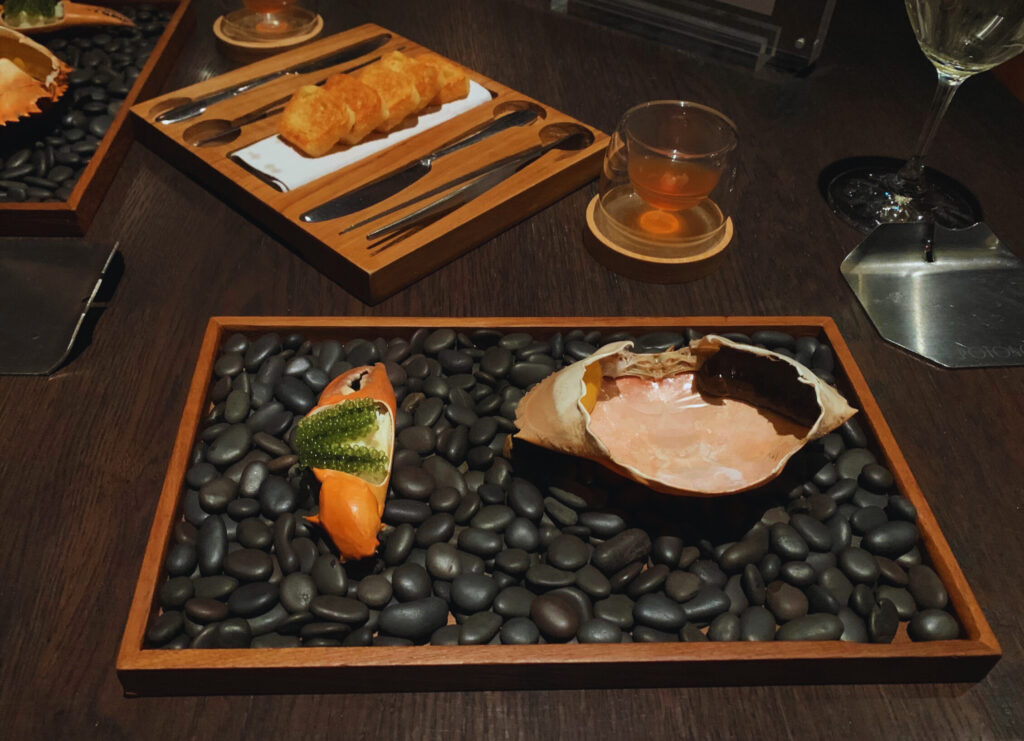
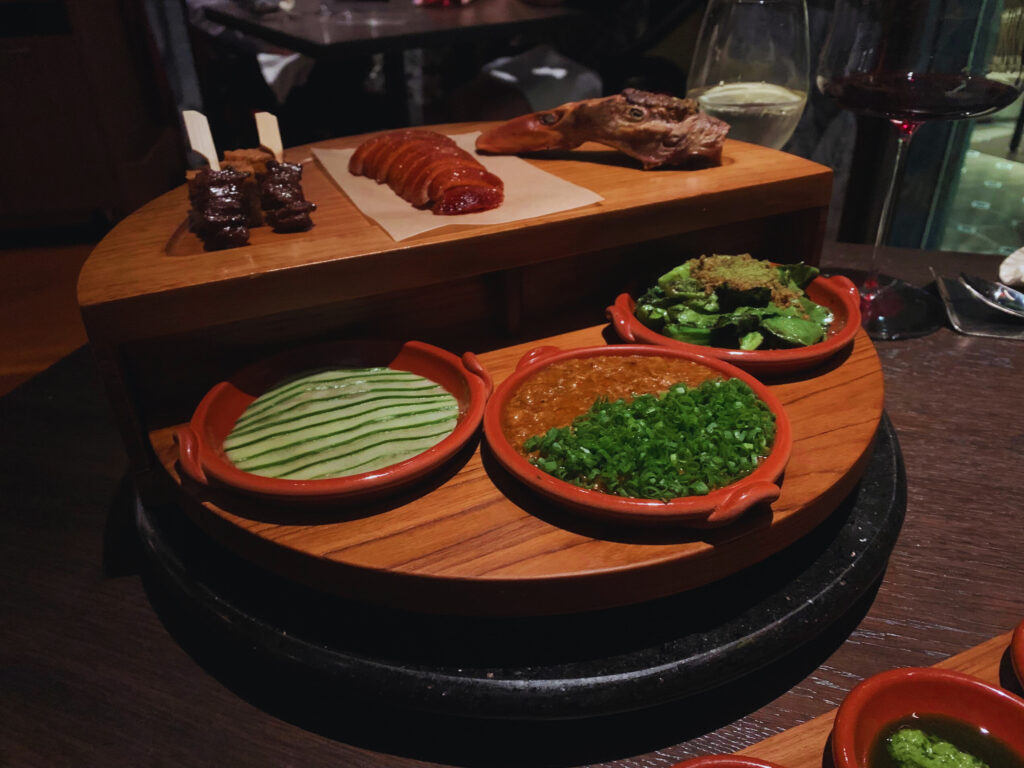
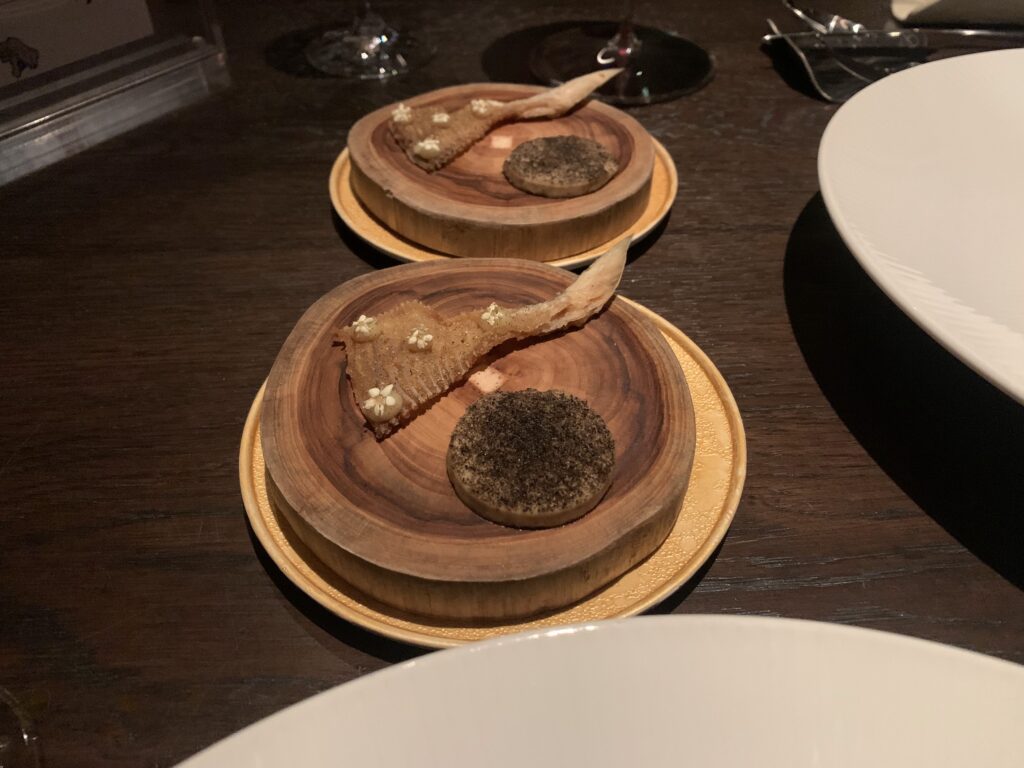
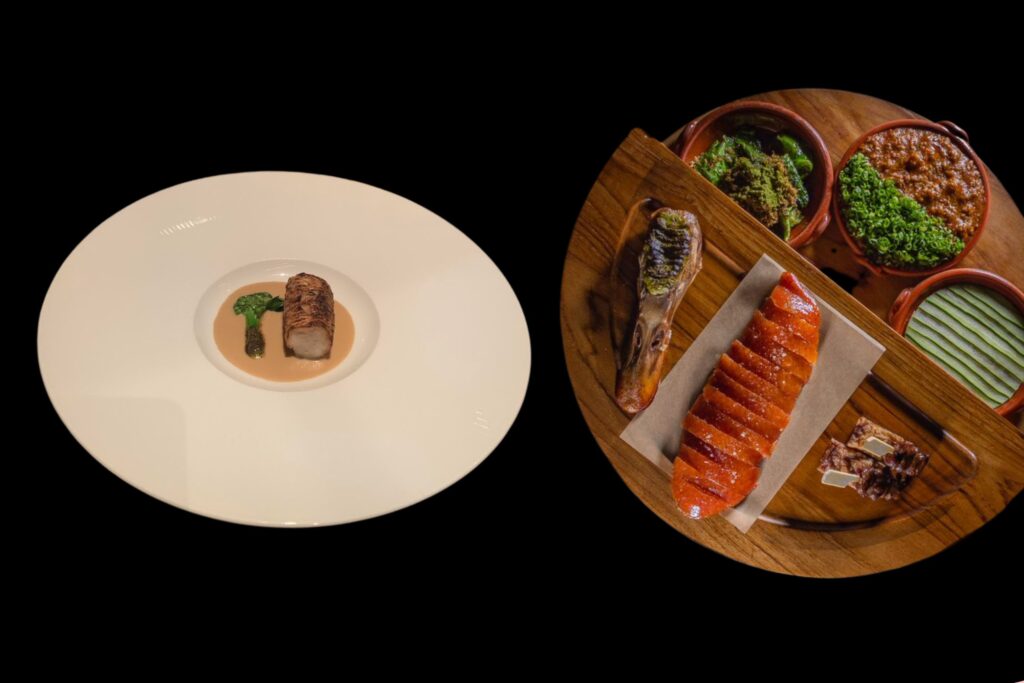
Anyway, enough of the spoilers. You know it’s been a carefully considered, meticulously crafted procession of dishes when you’re still looking forward to the ‘main’ course, rather than dreading how full you’re increasingly feeling, and when the 14-day dry aged duck complete with a whole host of condiments hits the table, it’s impossible not to find that second wind.
Though the crisp, lacquered duck breast is the obvious centrepiece, it’s the supporting cast that truly ties the spread together. The one-two punch of a skewer of duck heart and liver sitting alongside duck brain that’s been steamed and served back in its skull is particularly good.
Yep, there’s that no waste ethos again, underlined in bold highlighter for all to see. For the more squeamish members of the squad, a ragu of duck leg served suspended in duck egg custard, chawanmushi-style, feels more conventionally crowd-pleasing. It’s all very delicious.
Tasting menus have fallen out of fashion somewhat in recent years, with diners growing tired of chefs wanting to show all of their skillset, ideas and inventions in one foul swoop. The tasting menu at Potong is a masterclass of how one should be – you leave feeling fed, sure, but also luminescent and inspired.
It’s an experience that feels light and free, the wait staff orchestrating a subtle dance via hidden earpieces, signing and hushed exchanges, the intricate, innovative, and, ultimately, highly evocative dishes never sacrificed in favour of the elaborate storytelling.
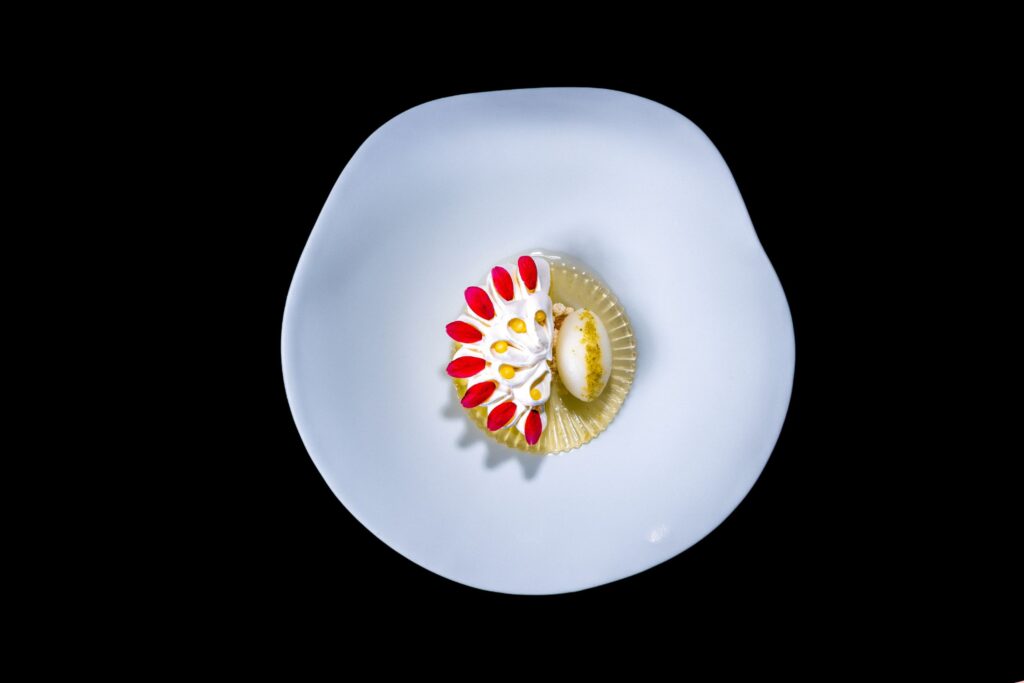
Finally, then, to dessert, and it’s a refrain that’s likely to linger long in the memory, the final celebratory flavours of Bangkok’s Chinatown – of chrysanthemum, lapsang souchong and Chinese dates – providing a refreshing, cleansing conclusion to a superlative meal.
Not before a fortune cookie to finish, however, and one that offered that italicised aphorism from several paragraphs previously. Every exit is an entrance to new experiences. And as we stepped back out into the belly of a particularly buzzing Chinatown, the night ahead and inviting us in, it felt a prescient statement indeed.
A 2025 Update: As the new year cranks into gear, chef Pam has unveiled her latest culinary venture, Khao San Sek. After an immersive journey across Thailand sourcing the finest ingredients, the Asia’s Best Female Chef 2024 and POTONG mastermind has created a concept that honours five cherished elements of Thai cuisine: rice, chilli, coconut, fish sauce, and palm sugar. The restaurant’s name itself plays on the reverence of Thai rice while symbolising transformation, promising diners a fresh perspective on traditional flavors delivered with Chef Pam’s characteristic precision. We’re looking forward to trying this one.
Website: restaurantpotong.com
Address: 422 Vanich Road, Samphanthawong, Bangkok 10100
Opening hours: Potong is closed every Tuesday and Wednesday





